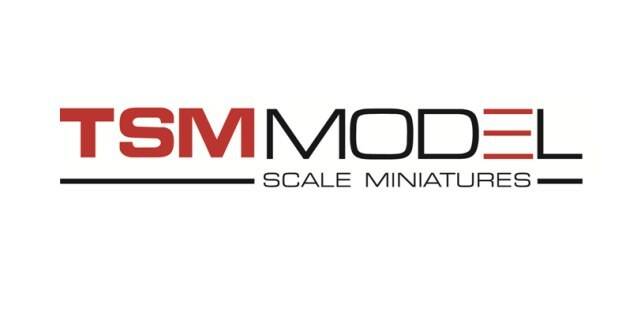

Cadillac – named after the 18th century French explorer Antoine Laumet de La Mothe, sieur de Cadillac, founder of Detroit, Michigan. Cadillac is a small town in the South of France.
Cadillac is a division of the American automobile manufacturer General Motors (GM) that designs and builds luxury vehicles. The firm was founded from the remnants of the Henry Ford Company in 1902. Cadillac is among the first automotive brands in the world, 4th in the United States only to fellow Autocar Company (1897) and GM marques Oldsmobile (1897) and Buick (1899).


Headquarters Warren, Michigan, United States, 1902–1909

Headquarters: Detroit, Michigan, U.S., 1909-now

series 62

The Cadillac Series 40-62 is a series of cars which was produced by Cadillac from 1940 through 1964. Originally designed to complement the entry level Series 61, it became the Cadillac Series 6200 in 1959.
The Series 62 was used to introduce the Cadillac Coupe de Ville and the Cadillac Eldorado which started out as special appearance packages that were later placed into production.






series 75

The Cadillac Series 70 (models 70 and 75) is a full-size V8-powered series of cars that were produced by Cadillac from the 1930s to the 1980s. For much of the postwar era, it was the top-of-the-line Cadillac, and was Cadillac's factory-built limousine offering.

set of 75 in black and grey https://www.youtube.com/watch?v=6N8pc23SK2g&ab_channel=thebiggarage








eldorado

The Cadillac Eldorado is a luxury car manufactured and marketed by Cadillac from 1952 until 2002 over twelve generations.
The Eldorado was at or near the top of the Cadillac line. The original 1953 Eldorado convertible and the Eldorado Brougham models of 1957–1960 had distinct bodyshells and were the most expensive models that Cadillac offered those years.


coupe de ville

The Cadillac DeVille is the nameplate used by Cadillac over eight generations, originally used to designate a trim level of the 1949 Cadillac Series 62 and later to designate a standalone model in the brand range. The last model marketed specifically as a DeVille was the 2005 full-size sedan, at the time, Cadillac's largest model.
seville

The Seville was manufactured by Cadillac from 1975 to 2004 as a smaller-sized, premium model. It was replaced by the STS in 2004. The name of "Cadillac's first small car" was selected over a revival of LaSalle or the GM design staff's preference, LaScala, primarily because, as noted by GM Marketing Director Gordon Horsburgh, "It had no negatives."












1902-1905
1905-1908
1908-1914
1914-1915
1915-1920
1920-1925
1925-1926
1926-1930








1930-1932
1932-1933
1933-1939
1939-1942
1942-1947
1947-1949
1949-1953
1953-1956








1956-1960
1960-1963
1963-1964
1964-1965
1965-1971
1971-1980
1980-1985
1985-1995





1995-1999
1999-2009
2009-2014
2014-2021
2021-now

























Create Your Own Website With JouwWeb